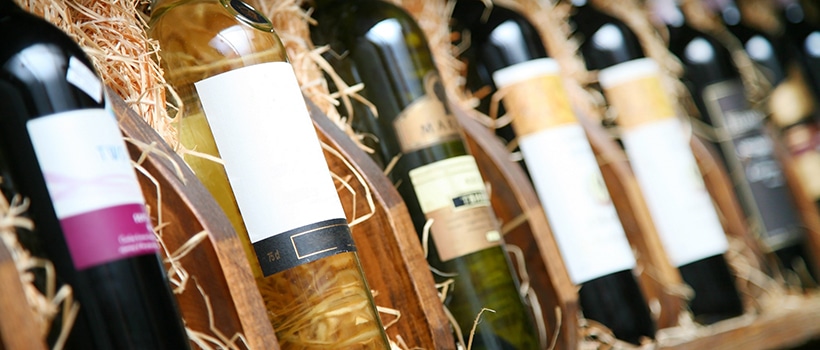By Mark Riley, International Regulatory Affairs Team Manager
Recent developments in alcohol labelling
DRS turmoil
Implementation of a deposit return scheme for beverage containers in Scotland has been pushed back to October 2025 at the earliest; at which time integration, to some degree, with deposit return schemes (DRSs) in other devolved nations can be expected. Although Scotland’s DRS was not initially intended to require any specific labelling (other than the barcode), the English, Welsh and Northern Irish governments have all indicated their intention1 to require both a code (barcode or QR code) for the practical implementation of the scheme, as well as a specific DRS logo to alert consumers that the item falls within the scheme.
Declaration of ABV
It is now permissible in Great Britain2 to use the alternative indication “X% alc/vol”, rather than the more familiar “[alc] X% vol.” to indicate alcoholic strength (alcohol by volume, or ‘ABV’). This change applies to all alcoholic beverages, and was introduced as a result of the recent free trade agreement with New Zealand. There is no requirement to change from the old format for declaration of alcoholic strength, but the alternative option now exists for GB producers and importers.
Changes to wine labelling
UK
Retained Commission Delegated Regulation (EU) 2019/33 required that, with certain exception, where two or more grape varieties are named on a label, 100% of the product must have been made with these varieties. This has now been reduced to require that only 95% is derived from the named varieties3. The requirement remains 100% in the EU.
Defra is currently consulting4 on a range of issues relating to wine production, packaging, labelling and certification. On the labelling side, one of the proposals is to remove the requirement for “importer” or “imported by” to precede the importer in GB, and to replace this with a requirement to list the Food Business Operator as with other food products. As the EU currently requires “importer” or “imported by” to precede the EU importer name and address, the proposed changes would permit both EU and GB addresses on a single label.
EU
Mandatory labelling of ingredients and nutrition information will come into force on 8 December 20235. The option does exist to limit the on-label nutrient declaration to energy only and to present the full nutrition declaration and list of ingredients by electronic means, provided that the direct link avoids any collection or tracking of user data and does not provide information for marketing purposes. This doesn’t affect requirements for on-label allergen listing.
Low alcohol and de-alcoholised wine
Post-Brexit amendments7 to Regulation (EU) No 1308/2013 allows wine in the EU, once the characteristics specified for the particular grapevine product, including minimum/maximum alcohol content, have been developed, to be de-alcoholised (<0.5% ABV) or partially de-alcoholised (>0.5% ABV) and labelled as wines with the appropriate descriptor.
Although these changes have not yet been incorporated into retained EU law in GB, proposals in the previously mentioned Defra consultation8 would not only allow for the de-alcoholisation or partial de-alcoholisation of wines, but also allow for the production of wines naturally lower in ABV.
Health warnings
The Commission proposal for health warnings on labels of alcoholic beverages is anticipated before the end of the year. In the meanwhile, the smooth progress of the Irish Regulations9 (made under Section 12 of the Public Health (Alcohol) Act 2018) on labelling of alcohol products, which include health warnings, a declaration of energy per container and the requirement to list alcohol content in grams as well as percentage alcohol by volume, caught many observers by surprise. These Regulations will now come into force on 22 May 202610.
No/Low descriptors
While the much-anticipated revision to the Department of Health and Social Care’s Low Alcohol Descriptors Guidance11 has not yet materialised, we have seen the first indications of development in this area with the publication of the outcome of the Defra-commissioned qualitative research into No/Low alcohol labelling12. The conclusions suggest that current regulations limiting the use of spirit categories such as “gin” on alcohol-free spirits may have some impact on the uptake of these products, particularly where they are produced by SMEs who don’t have the brand recognition to create obvious parallels with a traditional spirit range. However, when it comes to how the term “alcohol-free” should be defined, it seems there is a gap between industry, who prefer a 0.5% ABV threshold, and the consumer, who expect the term to refer to a complete absence of alcohol.





